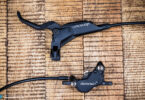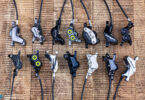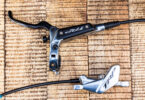The brand new 2020 Specialized Enduro 29 has little in common with its predecessor. It’s a brutal machine made for one thing: maximum downhill speed. We flew to the US to put the new Enduro through its paces.
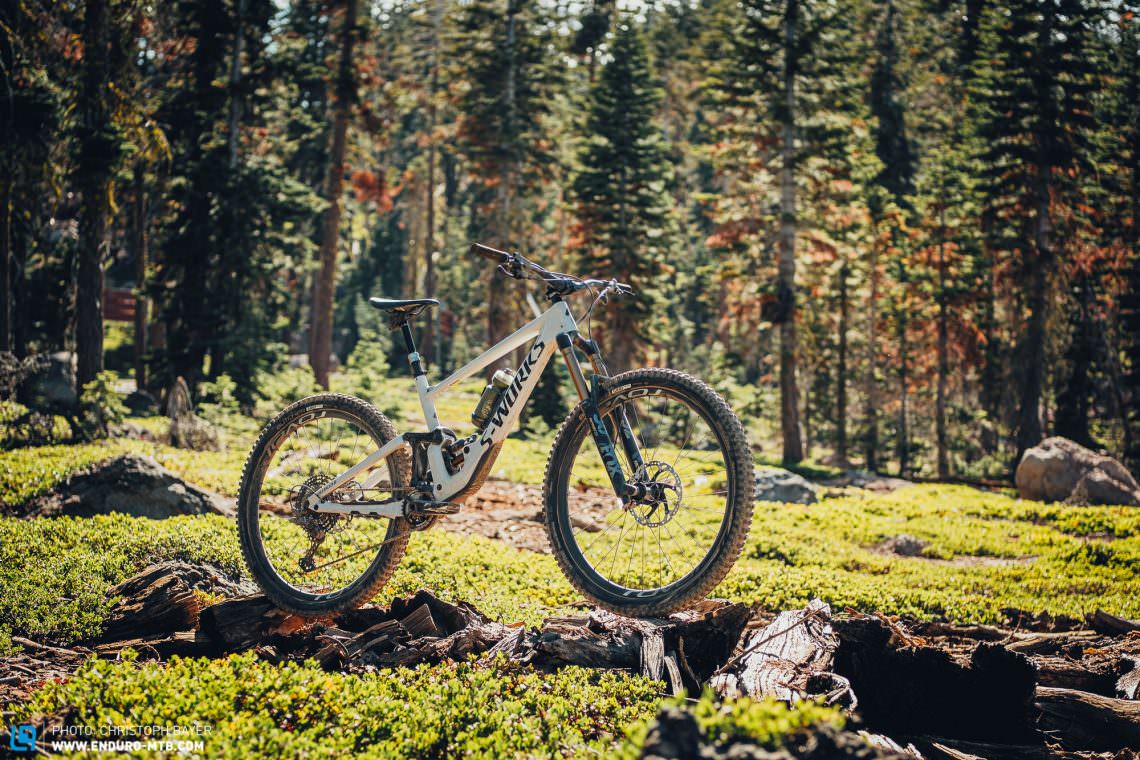
Focus on Speed – the Specialized Enduro in Detail
For the new 2020 Specialized Enduro 29, the American brand not only said goodbye to the familiar X-Wing design, but they’re also breaking new ground in terms of geometry and suspension. It’s not an understatement to call the new bike a small version of the Demo. Specialized have carried over a lot of the elements from their downhill bike, especially the rear linkage. A big reason for doing so was to move the main pivot point further forward and upwards to create a much more rearward path at the axle. As a result, the bike is less likely to get hung up on obstacles, and especially on demanding trails you’re able to carry more speed – which Loic Bruni is doing excellently in the 2019 World Cup.
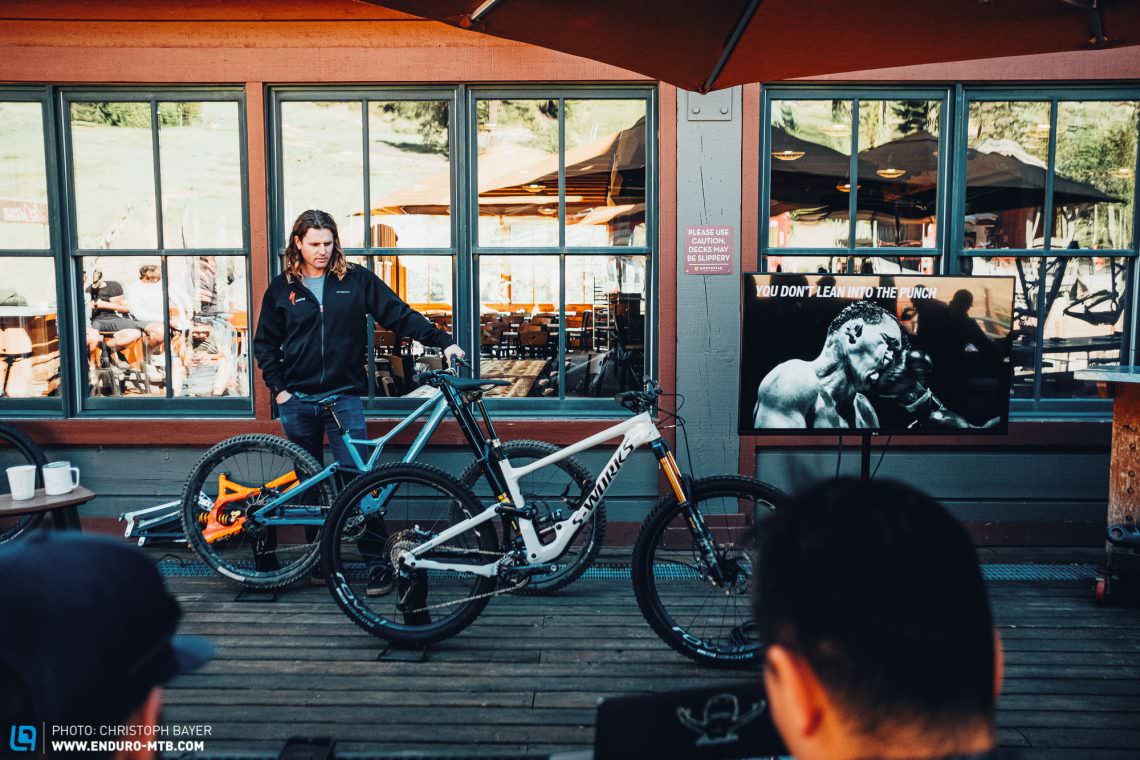
The leverage ratio of the rear linkage has been significantly increased, allowing it to respond sensitively and also giving it enough progression to make optimal use of the 170 mm of available travel. Another update to the suspension is an increase in anti-squat by about 40% compared to the predecessor, for improved climbing efficiency.
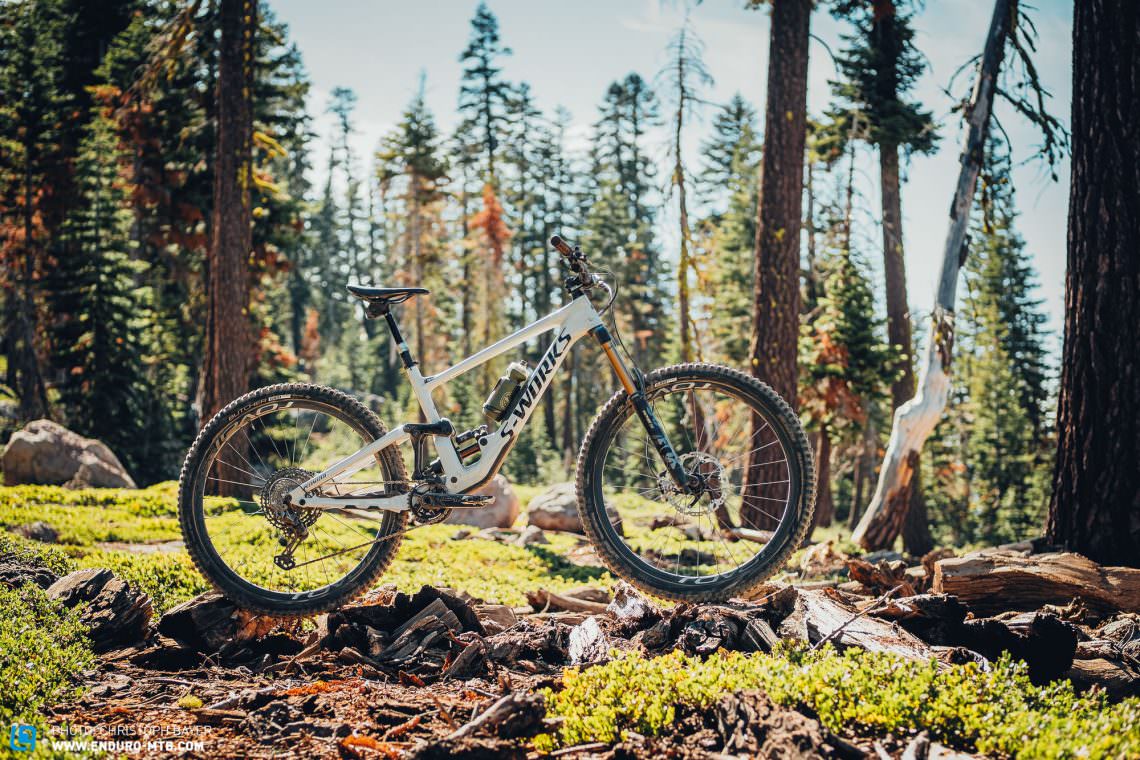
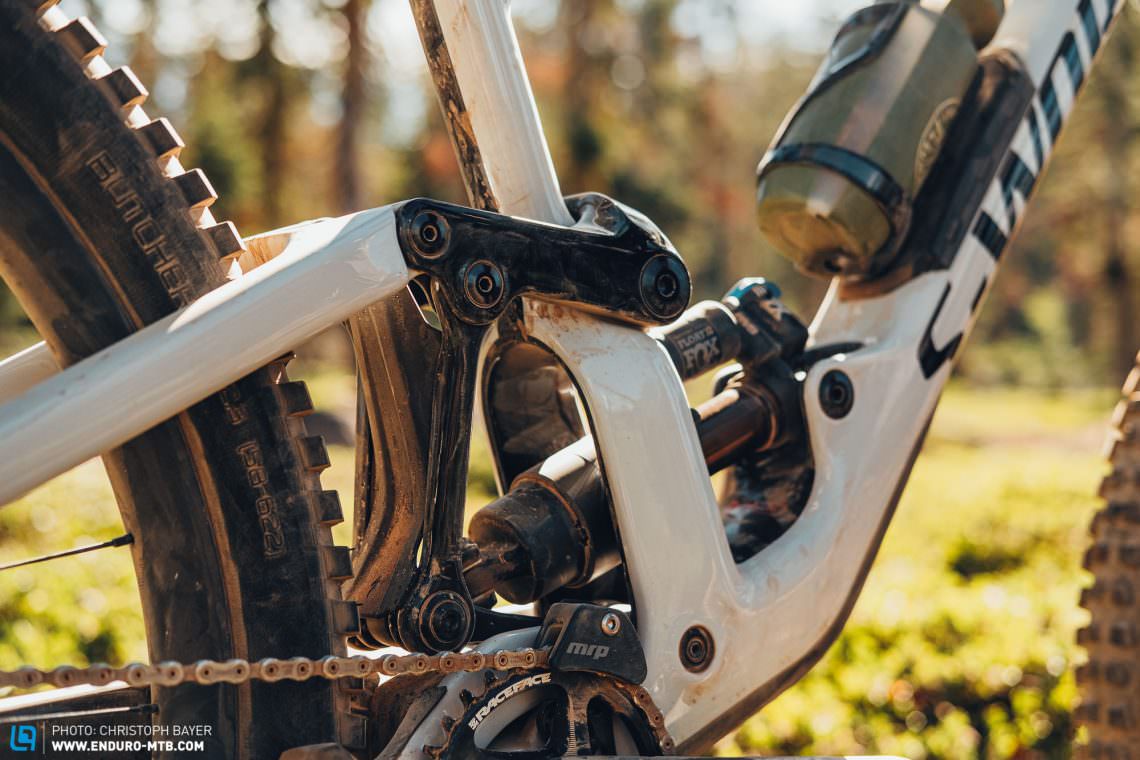
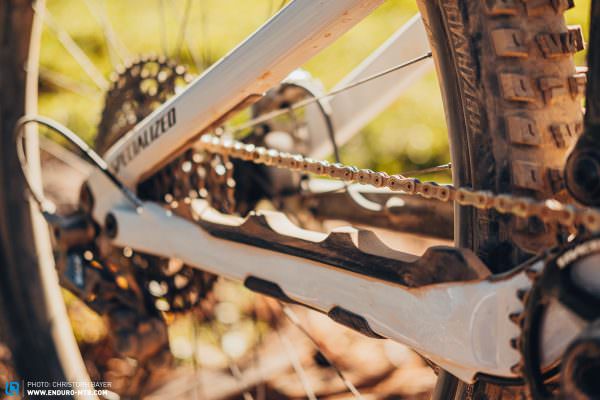
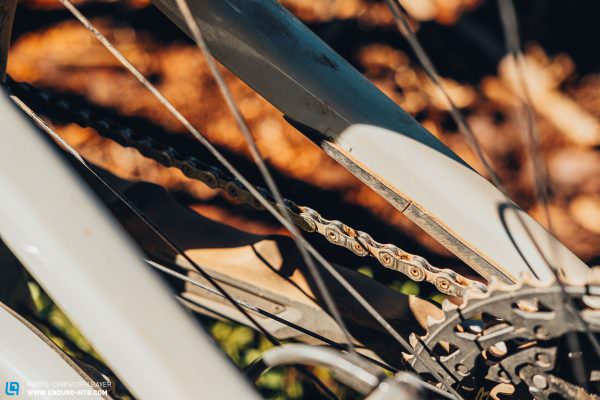
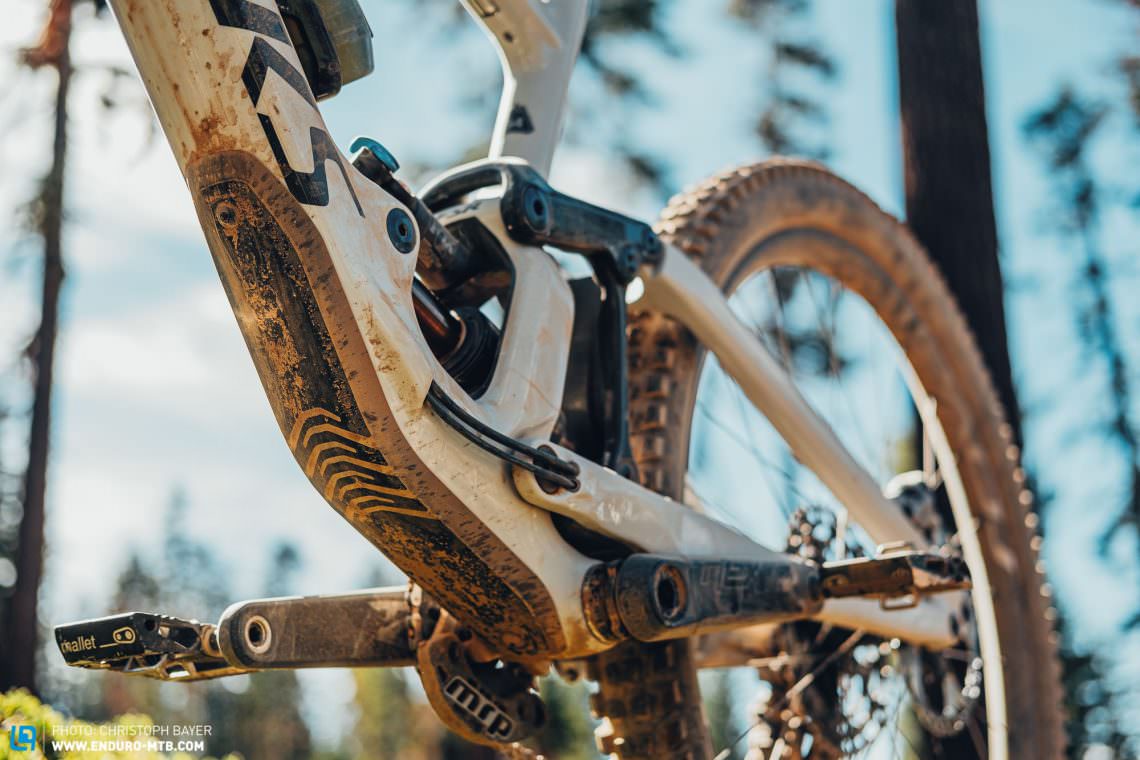
Stiffer isn’t always better
When it comes to the frame material, Specialized use carbon on all four Enduro models. The only difference between the S-Works model and the other bikes is that on the former, the links are made of carbon, which saves about 260 g. The new Specialized Enduro 29 is available in four sizes, each with its own carbon lay-up to ensure the best compromise between stiffness and flex for all riders. Specialized call it Rider First. If a bike is too stiff, the ride is harsh and uncomfortable and it can’t generate enough traction. If it’s too flexible, the steering feels vague and imprecise.
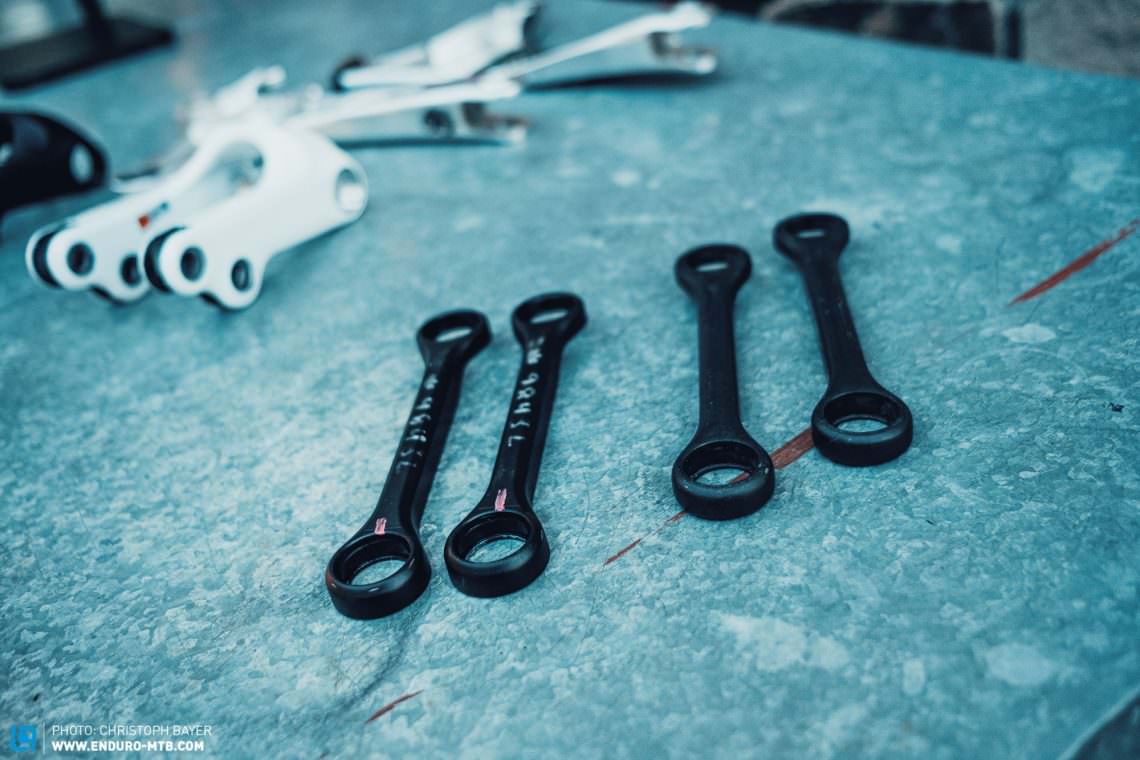
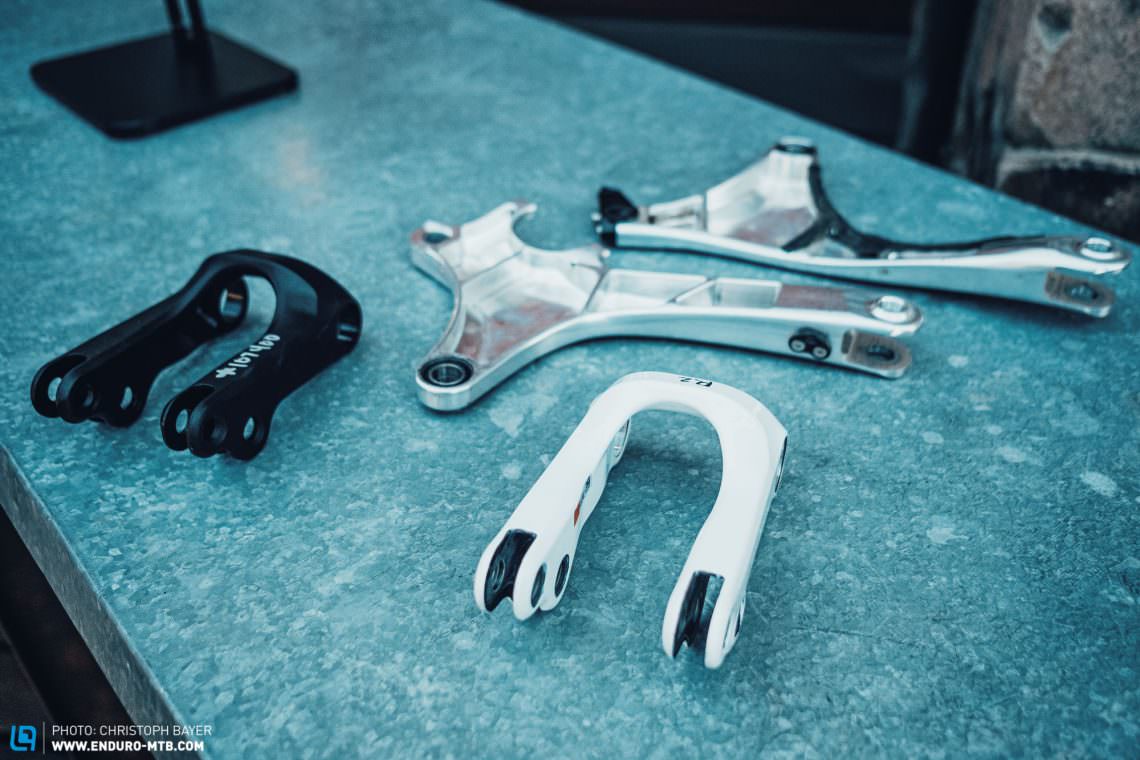
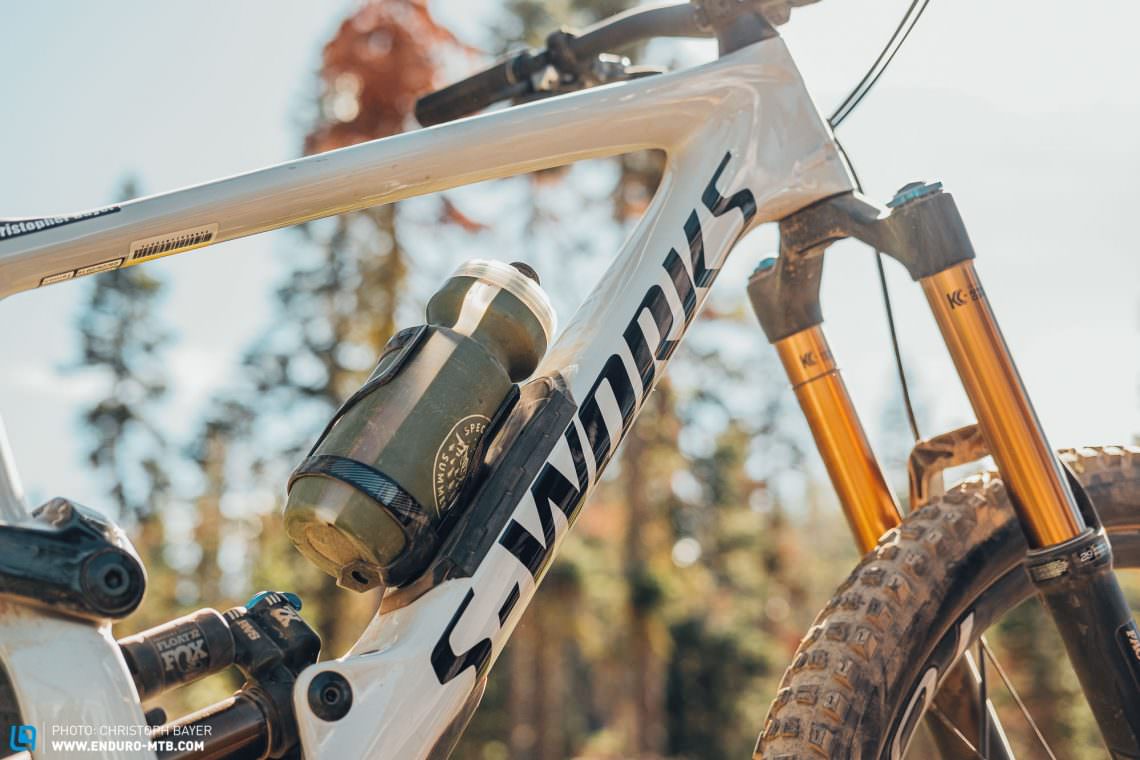
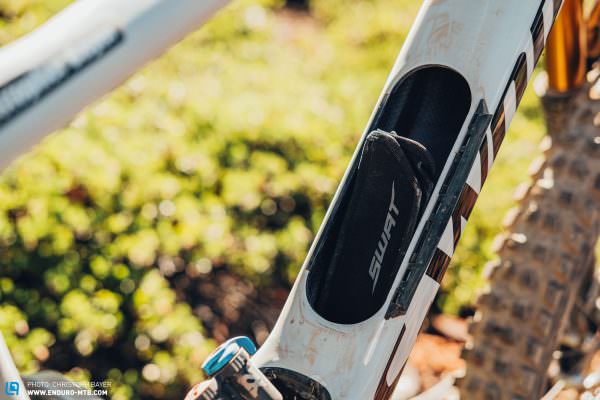
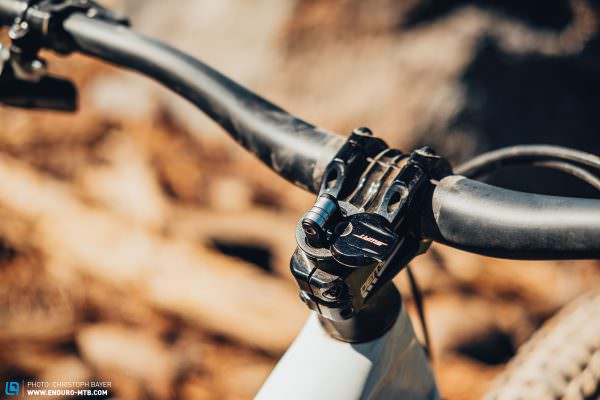
Balance is key
Another key factor with bike handling is the balance between the front and rear wheels and the rider’s weight distribution on the bike. Besides the static balance that you’re able to glean from the geometry table, you’ve also got the dynamic balance, which is influenced by the suspension as well as the incline of the terrain. Just looking at the fact sheet you’ll recognise that Specialized are venturing into new territory for the geometry of the Enduro 29. The bike hasn’t only grown significantly longer in reach, but also the chainstays have become quite a bit longer compared to the predecessor.
To perfect the dynamic balance, Specialized have invested a lot of time on the suspension set-up, optimising the characteristics of the shock and fork to work in harmony. The shocks have also been tuned across the range to make the suspension of the more affordable models perform as well the flagship bike.

Chance Ferro is the man behind the shock tuning of the new Enduro 29. His focus was on achieving the optimal front and rear balance and on making the entry-level models perform as well as the flagship S-WORKS Enduro.
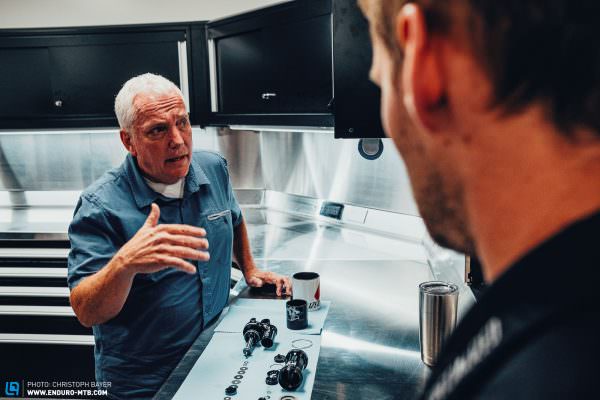
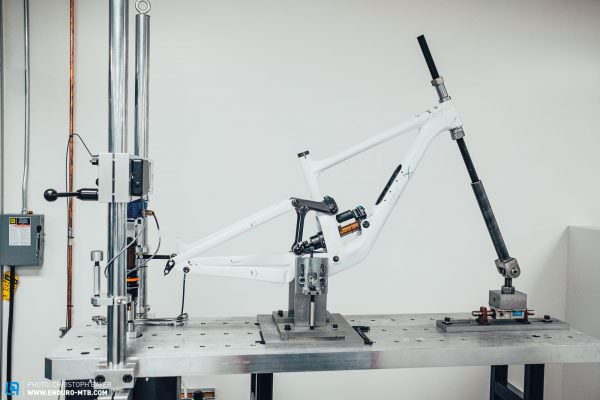
Specialized didn’t spare any effort in optimising the shim stacks and characteristics of the shocks for the respective rear ends, for the so-called RX-Tune. All of the suspension characteristics can be simulated on a test bench, which also makes it possible to analyse the damping separately from the spring progression and vice versa.
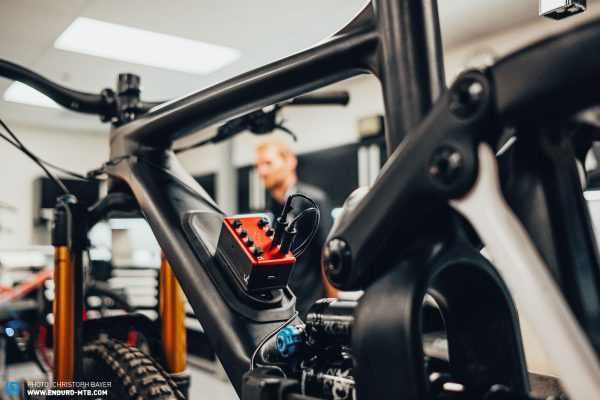
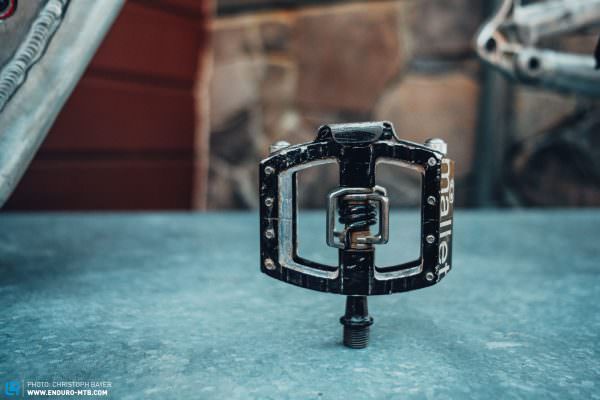
The length makes the difference – the geometry of the new Enduro 29
The times when you had to choose a bike based on the seat tube length are fortunately over. Specialized have recognised this too, offering the bike in four different lengths. The sizes are not labelled Small, Medium and Large, but S2, S3, S4 and S5. At 180 cm tall, you can theoretically choose between all four lengths, although the smallest version probably only makes sense for a handful of riders. The new Enduro 29 also has a flip-chip, allowing you to adjust the geometry in two positions. Even in the “high” setting, the head angle is at 64.3°, and in the slack setting, it comes to 63.9°. The reach on the S4 is 487 mm, and the chainstay length is 442 mm for all sizes.
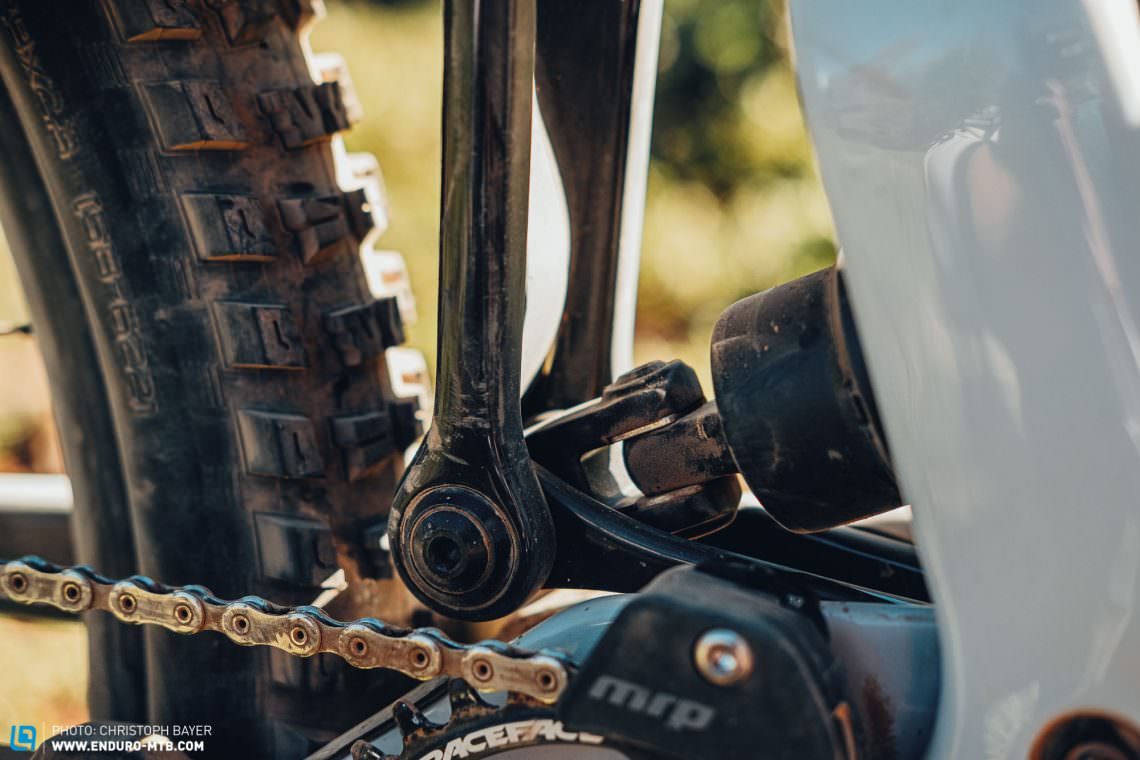

Geometry at a glance
| Size (low BB) | S2 | S3 | S4 | S5 |
|---|---|---|---|---|
| Seat tube | 400 mm | 420 mm | 440 mm | 465 mm |
| Top tube | 591 mm | 619 mm | 644 mm | 670 mm |
| Head tube | 95 mm | 100 mm | 110 mm | 120 mm |
| Head angle | 63.9° | 63.9 | 63.9° | 63.9° |
| Seat angle | 76° | 76° | 76° | 76° |
| Chainstay | 442 mm | 442 mm | 442 mm | 442 mm |
| BB Height | 354 mm | 354 mm | 354 mm | 354 mm |
| Wheelbase | 1217 mm | 1246 mm | 1274 mm | 1302 mm |
| Reach | 437 mm | 464 mm | 487 mm | 511 mm |
| Stack | 616 mm | 620 mm | 629 mm | 638 mm |
High-end, even more high-end, S-WORKS – the models of the Enduro 29
Specialized are offering the new 2020 Enduro 29 in four builds at prices ranging from € 4,999 – € 10,999. The entry-level model – the Enduro Comp – is already decked out with some serious kit such as the RockShox Lyrik Select fork with its Charger damper. The drivetrain is a SRAM GX/NX Eagle mix, braking is taken care of by SRAM’s powerful CODE R stoppers and the wheels are Royal’s Traverse 29. There’s nothing to complain about here. The next step up in the range is the Elite Carbon model which comes specced with a RockShox Lyrik Select+ fork and a higher-end drivetrain. The suspension on the top-of-the-range Expert Carbon and S-WORKS models is taken care of by FOX. The Expert Carbon charges with a FOX 36 Performance fork and a DPX2 shock, a SRAM GX/XO1 drivetrain and CODE RSC brakes as well as a Roval Traverse Carbon wheelset. The S-WORKS model only settles for the best of the best – which means it’s no surprise to see FOX Factory suspension, a Shimano XTR drivetrain and a RockShox Reverb AXS dropper fitted to the € 10,999 flagship Enduro.
| Enduro Comp | Enduro Elite | Enduro Expert | S-WORKS Enduro | |
|---|---|---|---|---|
| Fork | RockShox Lyrik Select 170 mm | RockShox Lyrik Select Plus 170 mm | FOX FLOAT Performance 36 170 mm | FOX FLOAT FACTORY 36 Grip 2 170 mm |
| Shock | Rock Shox Super Deluxe Select 170 mm | FOX FLOAT DPX2 Performance 170 mm | FOX FLOAT DHX2 Factory 170 mm | |
| Brakes | SRAM Code R | SRAM Code RSC | Shimano XTR 4-pot | |
| Drivetrain | SRAM NX Eagle | SRAM GX/NX Eagle | SRAM X01 Eagle | Shimano XTR M9100 |
| Wheelset | Roval Traverse 29 | Roval Traverse Carbon 29/ DT Swiss 370 (f/b) | Roval Traverse SL | |
| Tires | Specialized Butcher GRID TRAIL casing, GRIPTON compound, 2Bliss Ready, 29×2.6″ (f) 29×2.3″ (b) | |||
| Seatpost | X-Fusion Manic | RockShox Reverb AXS | ||
| Price | € 4,999 | € 5,999 | € 6,999 | € 10,999 |
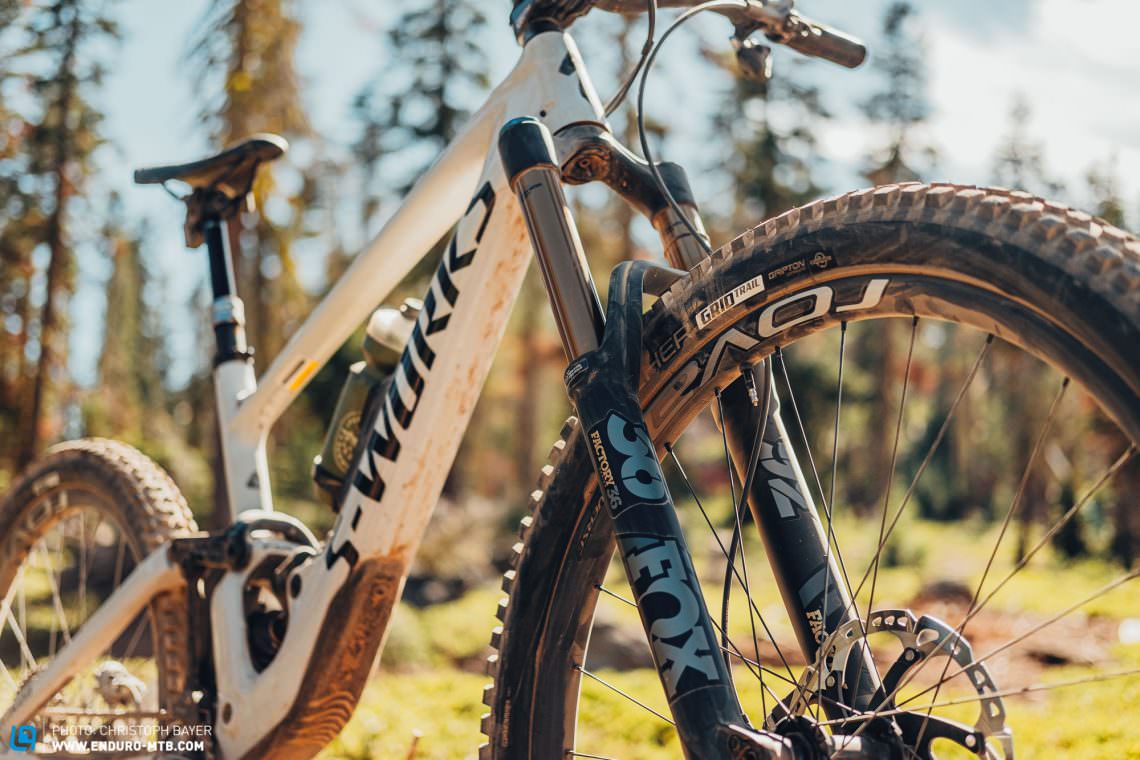
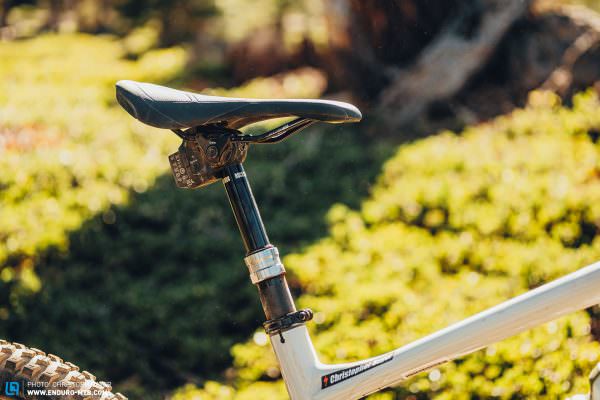
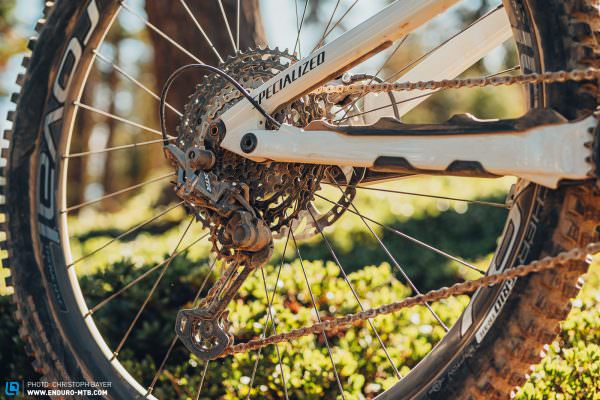
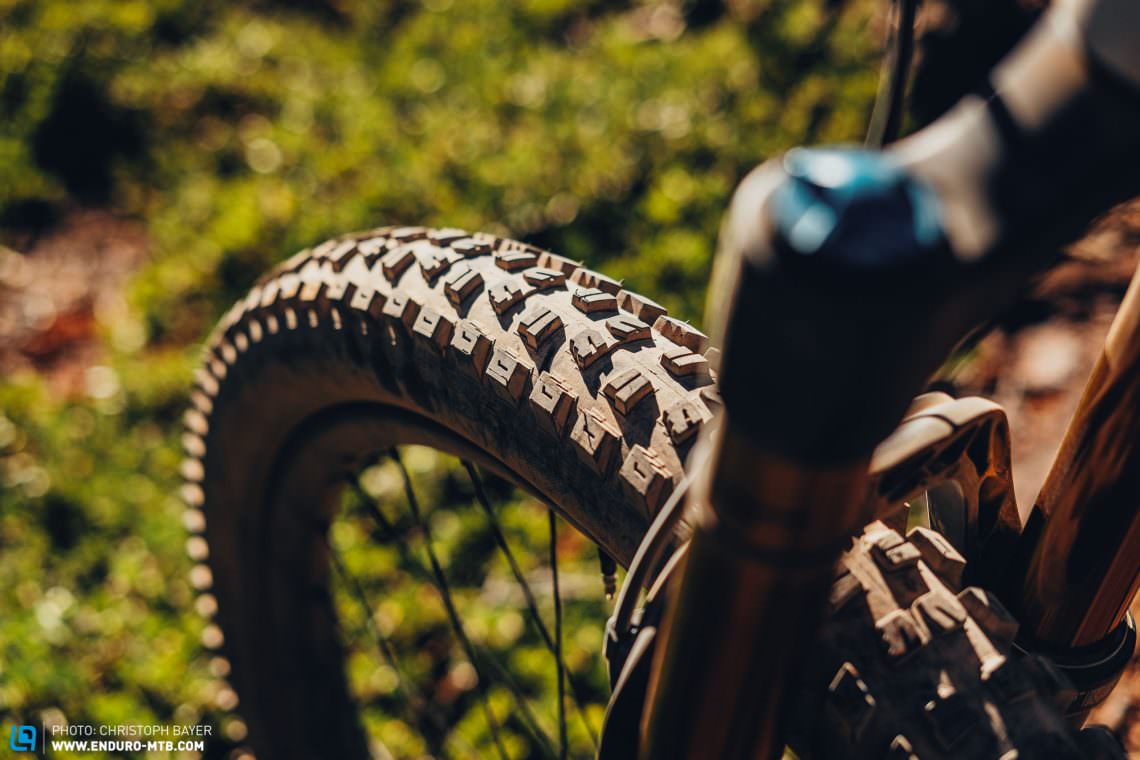
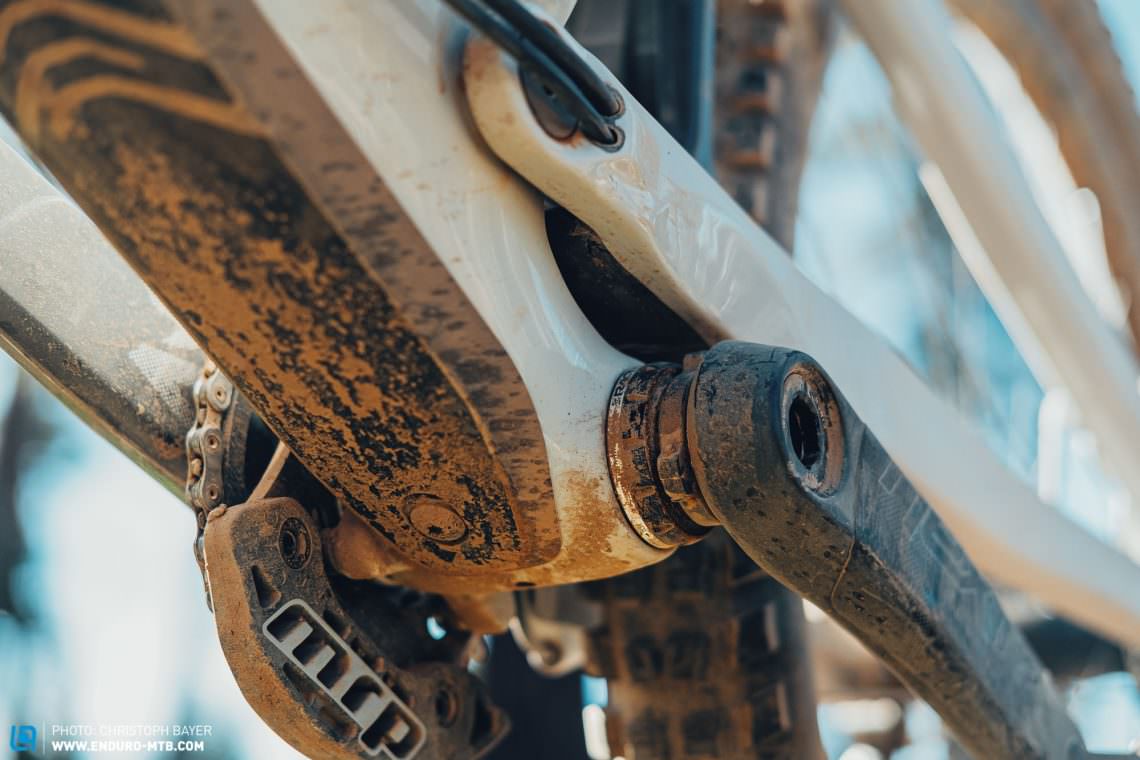
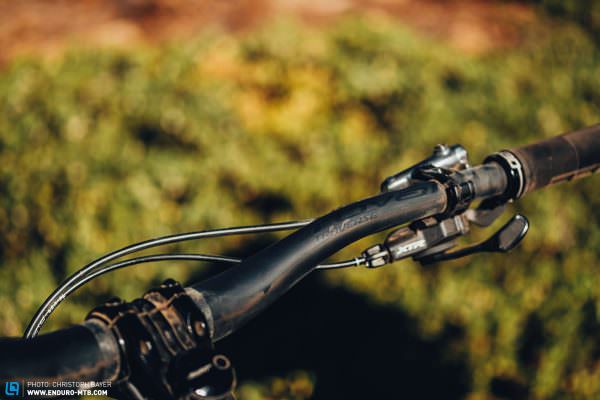
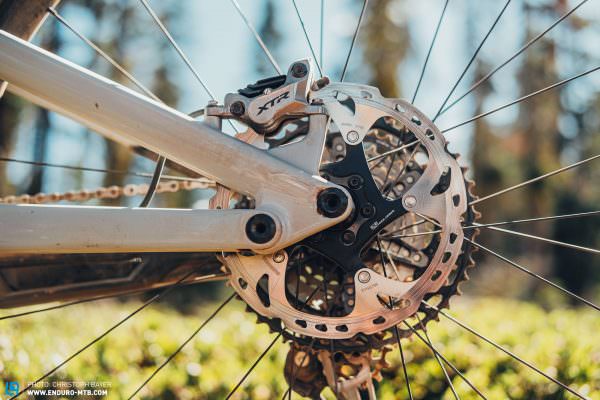
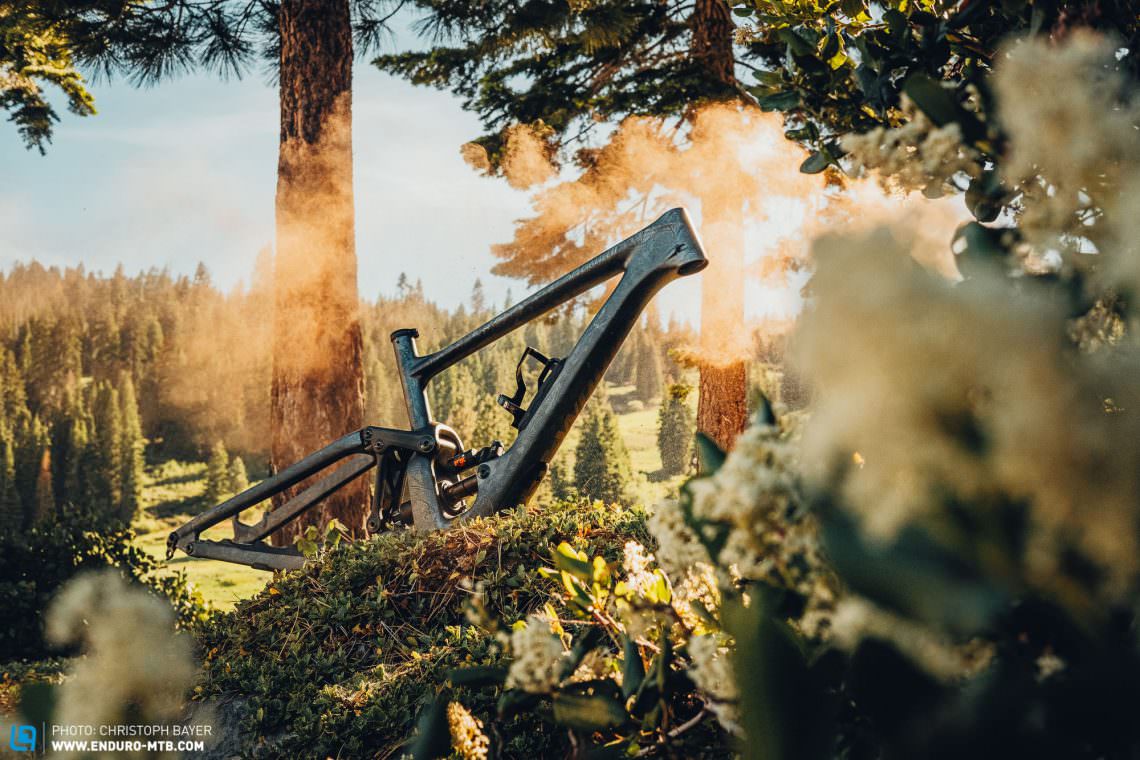
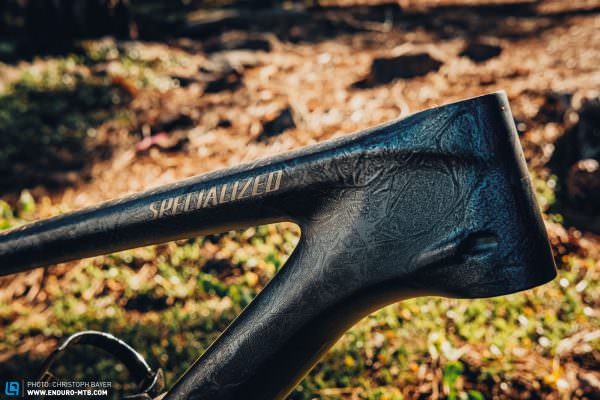

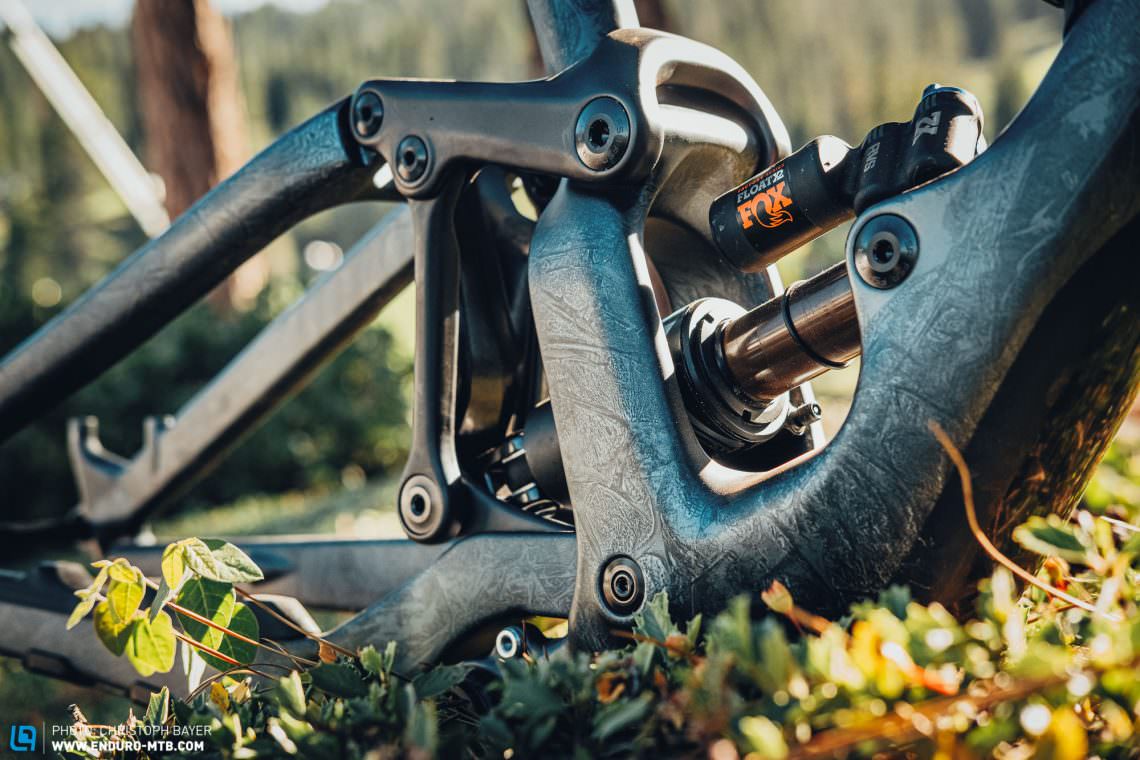
Full throttle! Riding the 2020 Specialized Enduro 29 S-WORKS
As part of the presentation of the new Specialized Enduro 29, we had the opportunity to ride the bike for one day exclusively at the Northstar Bike Park in California. We started with about 500 vertical meters of climbing up a gravel road, followed by much more descending thanks to a lift. After about 10 runs we were able to get a first impression of the bike.
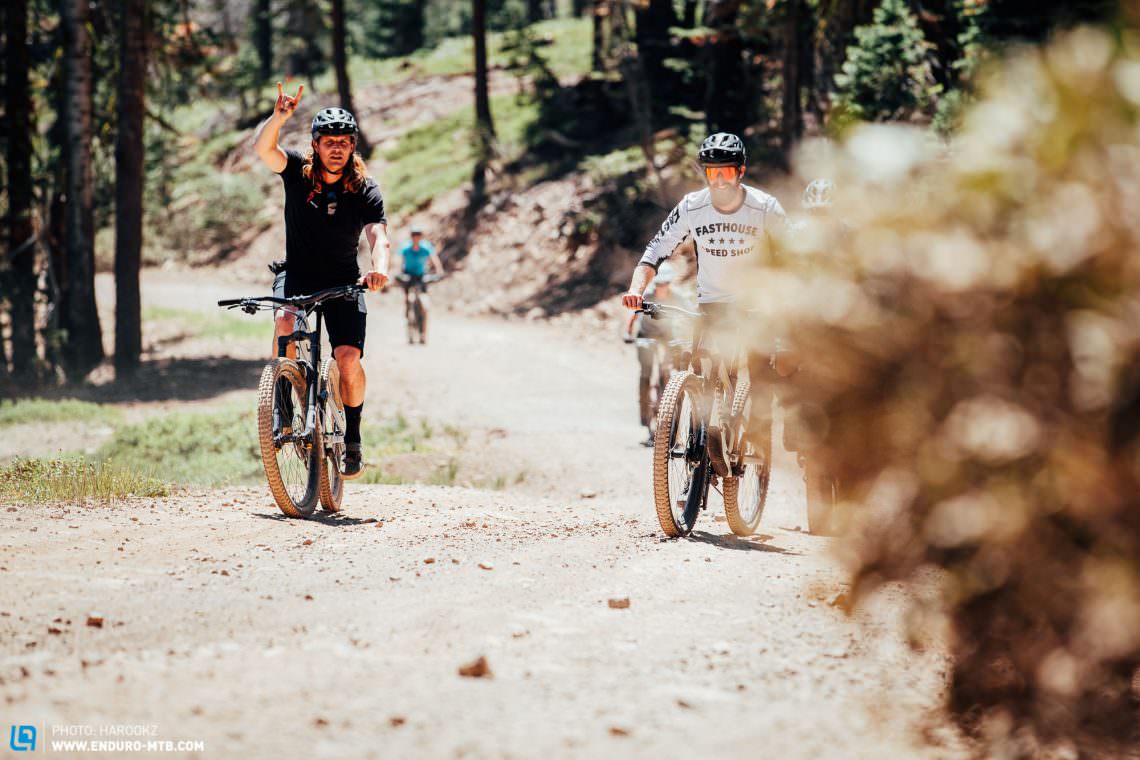
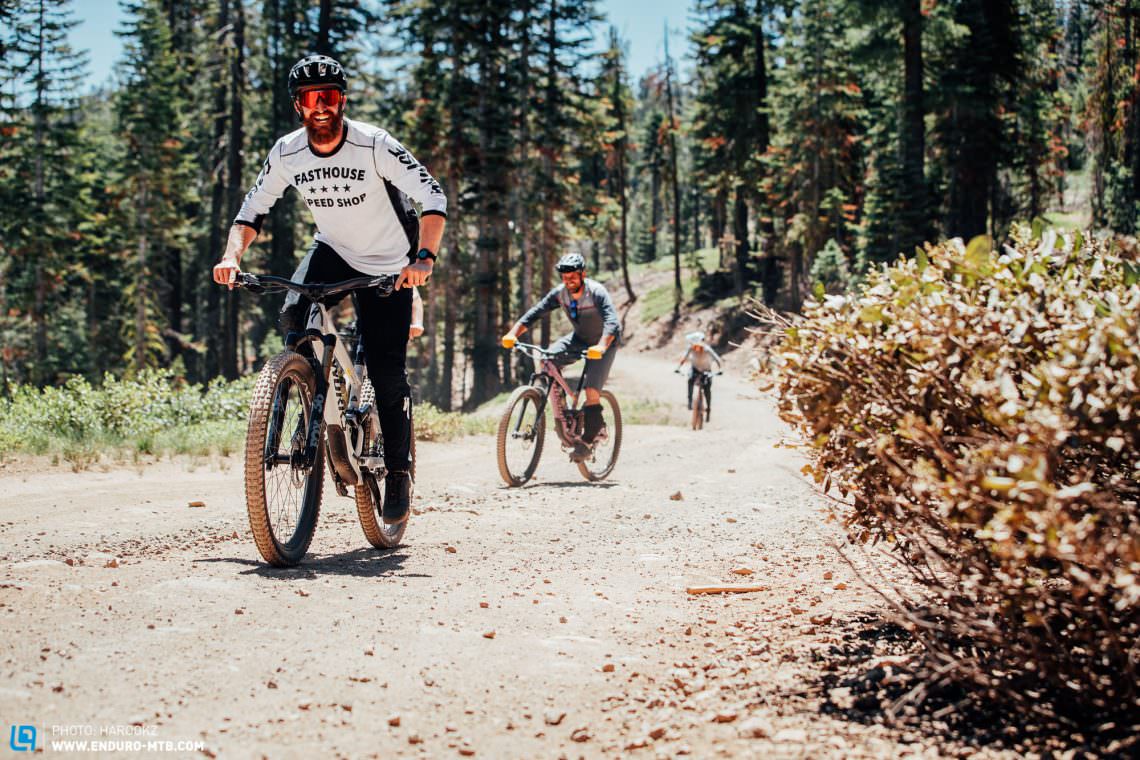
At 180 cm tall, we chose to ride the S4 size. After a quick parking lot test, one thing was clear: the low setting is extremely low, so we changed it to the high setting before we hit the trails – we left it in that setting for the rest of the day. The riding position is comfortable and central, but we pushed the saddle very far forward – the seat angle could be a bit steeper. Despite the robust Butcher BLCK DMND tires and plush 170 mm travel, the bike climbs very efficiently. You don’t get the feeling that the suspension is absorbing your energy, and we weren’t even compelled to use the climb switch on a monotonous climb like that. We didn’t get the chance to try any tight, technical climbs.
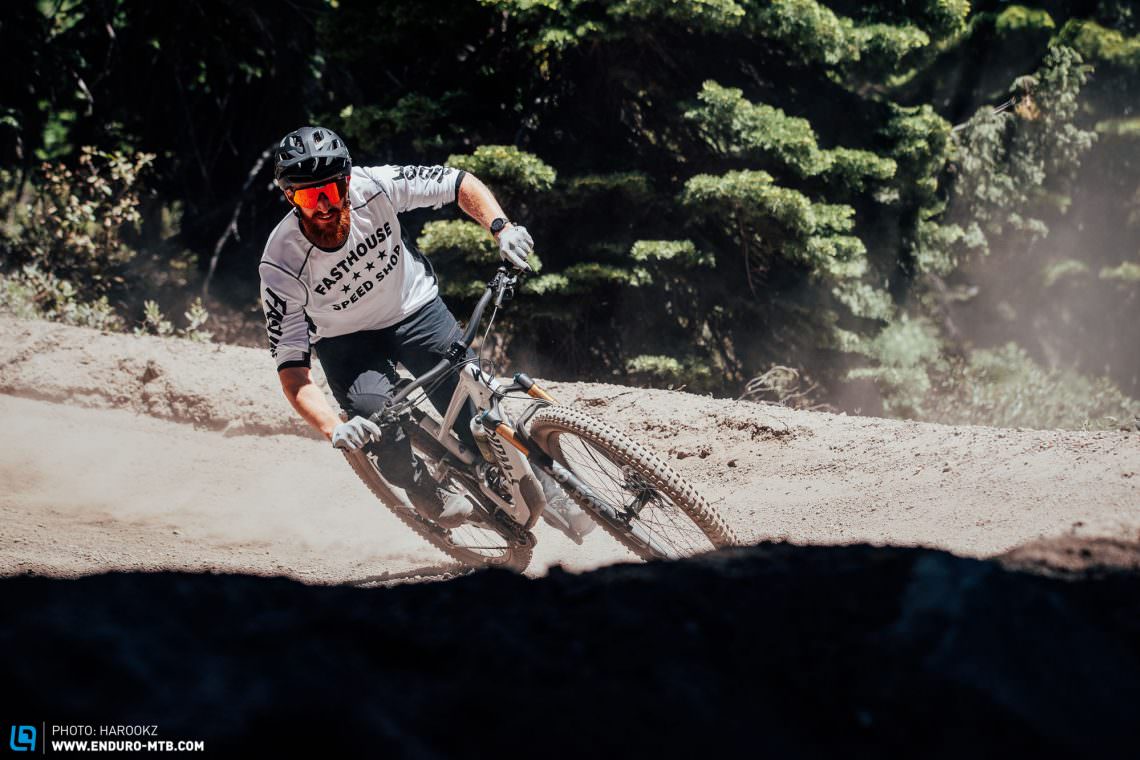
The new Specialized Enduro has nothing in common with its predecessor, except for the name!
The moment you get off the lift and roll to the start of the trail, you know that the upcoming descent on the Specialized won’t be boring – as long as the trail is steep and challenging. You feel extremely integrated between the wheels and thanks to the long front triangle you’ve plenty of space to move around. However, after the first miserable attempt to get the front wheel up into a manual, you’ll quickly realise that this bike was not made with high agility and playfulness in mind. After only a few meters on the trail, the Enduro 29 scores for its very balanced weight distribution. As the rider, you’re positioned very centrally on the bike, keeping a lot of weight on both tires, which makes for predictable and good-natured handling.

Pumping the bike through rollers, it lets you generate a lot of speed, which the bike then carries very well down the rest of the trail. The suspension is very plush and it always feels like there’s some travel left. Thanks to the very low drawn top tube you’ve got lots of room to move around on the bike, which you’ll appreciate steep, technical trails. In tight sections, the Enduro 29 needs to be muscled around the corners. In general, the bike starts to feel more agile at a higher speed. The faster you go, the easier it is to pop off obstacles. On the other hand, if you’re just rolling along slowly, you and your bike will quickly get bored. In the air, the bike feels very stable and easy to control. The componentry of the flagship model performs as expected, showing no weaknesses in our test. Particularly worth mentioning are the revised Butcher tires, where Specialized improved the transition from the centre to shoulder knobs, making the tire much more predictable.
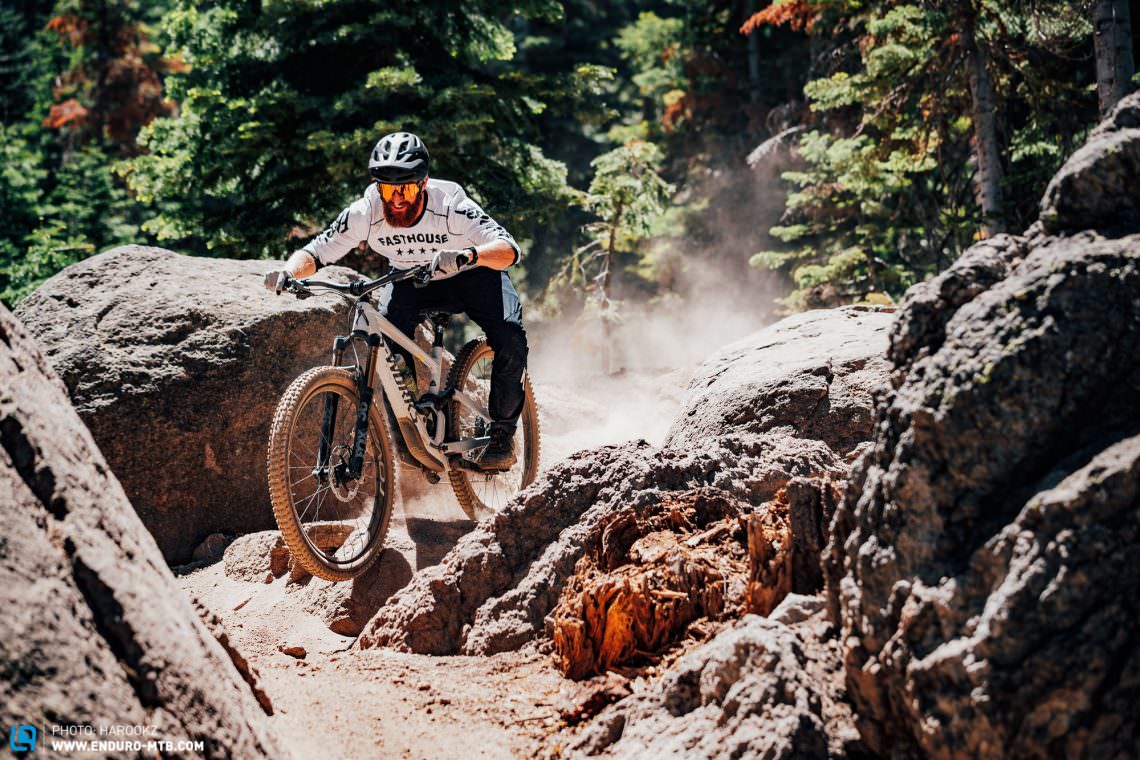
How does the 2020 Specialized Enduro 29 compare to the Santa Cruz Megatower?
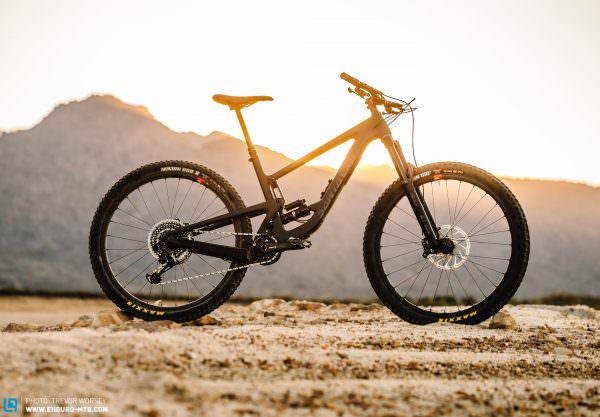
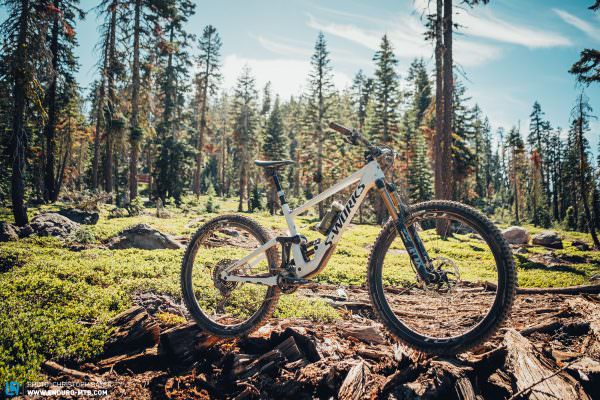
Not only the looks but also the key specs of the new Specialized Enduro 29 resemble the Santa Cruz Megatower. Just to be clear: we haven’t yet had the opportunity to ride both bikes in direct comparison, and we’ve only completed a few rides on either of them. What we can say is that the suspension of the Enduro 29 is plusher than that of the Megatower. The Enduro is ahead of the Megatower in terms of composure and stability as well. However, the Santa Cruz’s more supportive suspension and more moderate geometry offer increased pop and agility. The high setting of the Specialized is still lower than the low setting of the Megatower. Our initial conclusion would be that the Santa Cruz is the better all-rounder for all type of terrain and still is fun on easy trails, while the Enduro 29 is better at high speed and on really rough trails. A big plus for the Enduro is its S.W.A.T. box. We’ll have to have a direct comparison of both bikes before we can say more.
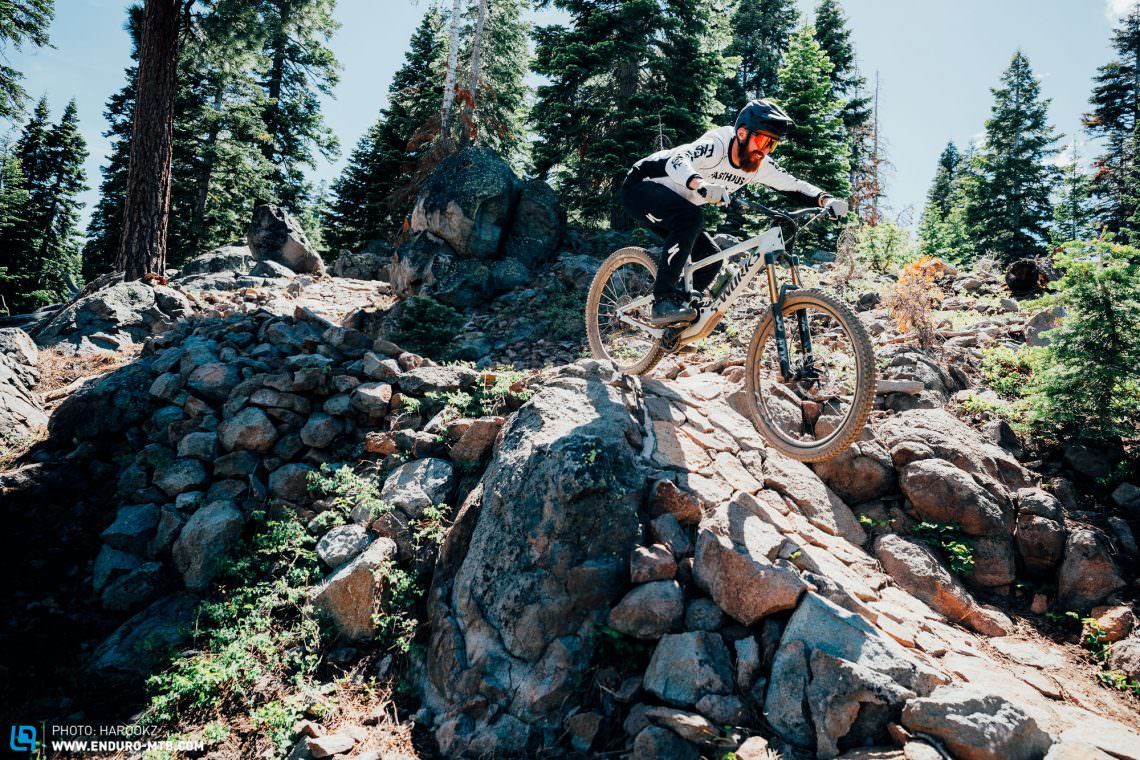
Our conclusion to the new 2020 Specialized Enduro 29
The new Specialized Enduro 29 has nothing in common with its predecessor, except for the name and the ingenious S.W.A.T. box. The bike is built to handle the toughest tracks at top speed and it’s extremely composed, the suspension is terrific and it climbs well on top of that. However, all this comes at the expense of the agility and versatility of the bike, since, unlike its predecessor, it is only fun on fast, challenging trails, where it can fully exploit its strengths.
Tops
- plush and defined suspension
- S.W.A.T. Box
- very balanced handling
- very composed on demanding terrain
- good climbing characteristics
- next level speed
- very quiet!
Flops
- boring on flat trails
- less agile than its predecessor
- manuals require a lot of effort
- seat tube angle could be steeper
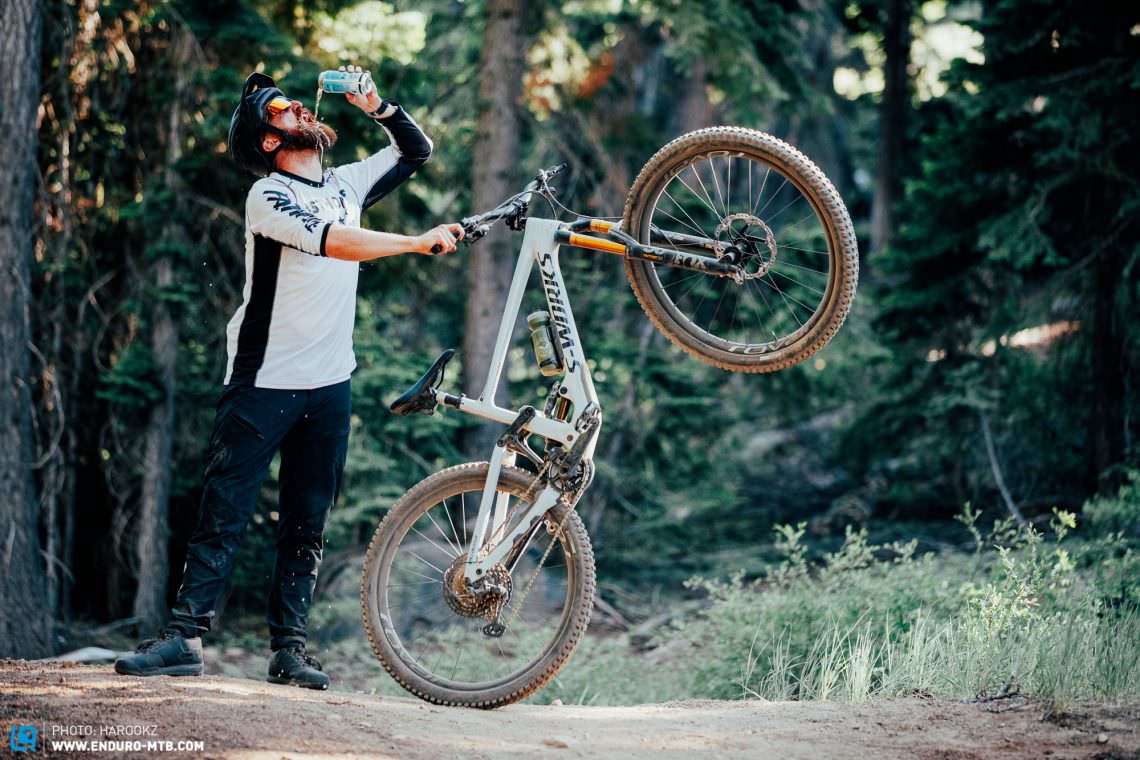
For more information head to specialized.com
Did you enjoy this article? If so, we would be stoked if you decide to support us with a monthly contribution. By becoming a supporter of ENDURO, you will help secure a sustainable future for high-quality mountain bike journalism. Click here to learn more.
Words & Photos:




